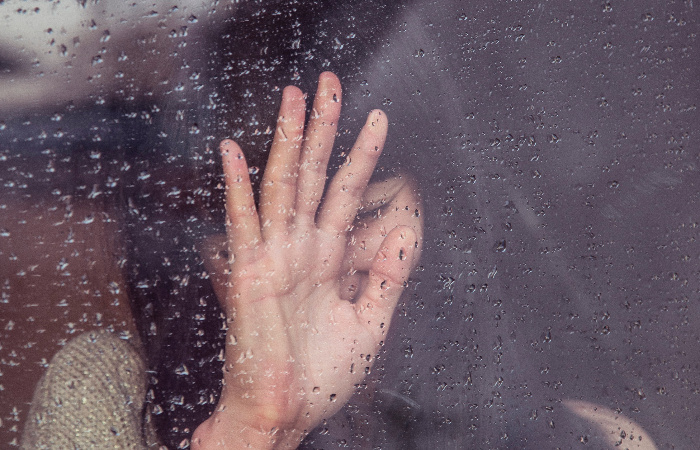Filipinos saw the rise of men and women telling their stories of sexual harassment and naming the perpetrators on social media.
Just this December, a series of posts from girls who were apparent victims of sexual misconduct surfaced with names of suspects. Actor Albie Casiño even posted an Instagram story indicating the names of the girls’ alleged abusers.
Why are alleged abusers being called out online? Can social media help prosecute them?
Use of social media to catch sex offenders
Since the start of the worldwide #MeToo movement in 2006, many people joined in social media conversations of ending sexual violence and helping victims and their families heal from the trauma.
In 2016, the case of Brock Turner, a former student of Stanford University who raped an unconscious woman, became an online sensation after he was sentenced of up to only six months.
His victim was able to voice out her sentiments on how the incident has severely impacted her through social media.
Last year, several women from Australia also took to social media to name their alleged rapists after failing to gather support from the police. They became part of a growing online trend called “rape-shaming” or the public shaming of suspects.
The low success rate of rape cases prompted victims, particularly women, to resort to social media in shaming and calling out their attackers, an opinion piece from The New York Times said.
“Very few rape cases are reported to the police and even fewer make it to court. Of those, only around 10 percent to 15 percent result in a conviction in countries including Australia, Britain and the United States,” Lisa Pryor said.
Since last year, many names of men have been tagged as rapists on the platforms YouTube, Facebook and Twitter.
The accused, meanwhile, felt this is a form of digital vigilantism as their names and faces have already been besmirched online even before they got the chance to prove their innocence before a judicial body.
“Perhaps what is needed is to formalize the practice of naming perpetrators, in a way that best protects victims and minimizes the risks of false accusations,” Pryor said.
While this may feel like a success to the victims, lawyers perceived that sharing details on social media complicates the prosecution of the offender.
This was pointed out by lawyer Colby Bruno in an interview.
“A lot of victims find a lot of solace in reaching out to other victims, whether it’s social media, you know, the Internet or whatever. The problem with that is that when you get into the criminal case, everything on social media is discoverable,” Bruno explained.
It helps if the priority is to heal from the wounds and not to reach a conviction, she said, given the power of social media for that.
“If you think that the criminal case isn’t really going to go very far and your priority is to post and to heal through those posts and to heal through those connections, then anybody has the choice to do that,” she said.
In the Philippines
Amid the slow pace of justice, victims in the Philippines are catching up in exposing incidents of sexual harassment online and naming the persons behind them.
Similarly, it’s difficult to conclude if this activity is effective in criminal prosecutions.
Back in 2010, the Philippine National Police had two successful operations made possible with the help of Facebook.
“Here in the Philippines, we don’t utilize Facebook as evidence of cases filed in court but rather evidence on hand,” a police officer said.
The PNP currently maintains an active Twitter account. Its handlers often respond to online queries and keep the public updated with announcements by Chief Oscar Albayalde.
Early this December, two men have been in the center of allegations of sexual misconduct from different women.
The father of one of the victims even posted the alleged abuser’s photos on Facebook.
It went as far as actor Albie Casiño calling them out collectively on Instagram.
As of writing, there are no updates yet if legal actions are being pursued against the suspects.

